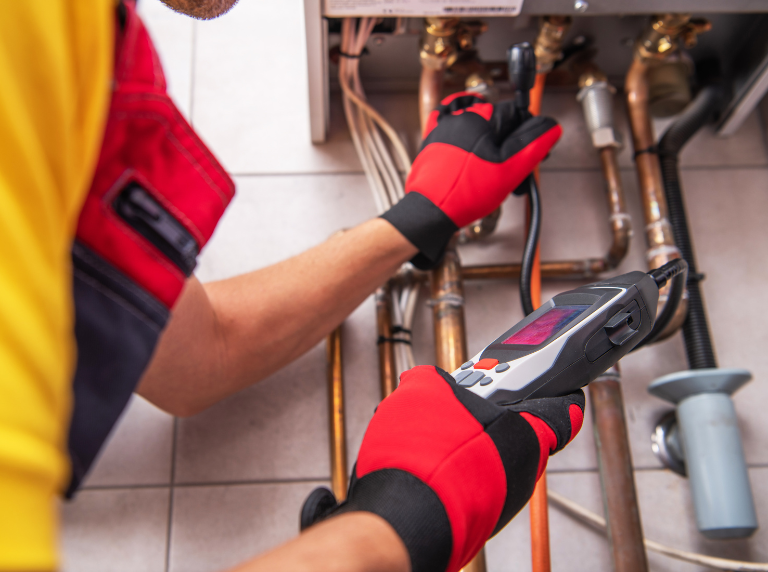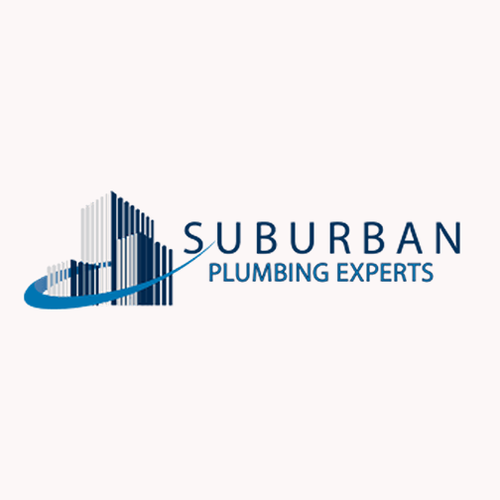 Understanding the True Cost of Leak Repairs
Understanding the True Cost of Leak Repairs
Leaking pipes and dripping faucets represent some of the most common plumbing issues homeowners face. While that persistent drip might seem minor, understanding repair costs helps you budget appropriately and recognize when a leak demands immediate professional attention versus a simple DIY fix. The investment in proper leak repair saves money long-term by preventing water damage, reducing utility bills, and preserving your home’s plumbing system integrity.
Factors That Determine Leak Repair Costs
Location and Accessibility:
Leak location dramatically impacts repair complexity and associated costs. A visible faucet drip requires minimal labor, while pipes hidden behind walls, under concrete slabs, or in crawl spaces demand extensive access work. Chicagoland homes with finished basements face higher costs when leaks occur in concealed locations requiring drywall removal and subsequent restoration.
Severity and Type of Leak:
Minor drips from faucet handles differ significantly from burst pipe emergencies. Slow leaks often indicate worn washers or O-rings requiring simple replacement, while major leaks suggest corroded pipes needing section replacement or complete fixture overhaul. Emergency repairs during off-hours typically cost more than scheduled service appointments.
Pipe Material and Age:
Older homes with galvanized steel or cast iron plumbing face different repair scenarios than properties with modern copper or PEX systems. Corroded galvanized pipes often require replacement rather than spot repairs, as patching one section frequently leads to additional failures nearby.
Typical Cost Ranges for Common Leak Repairs
Faucet Leak Repairs:
Simple faucet repairs involving washer or cartridge replacement generally range from $150 to $350, depending on faucet type and accessibility. Kitchen faucets with multiple spray functions or pull-down features cost more to repair than basic bathroom sink faucets. Complete faucet replacement runs between $250 and $600 when including quality mid-range fixtures and professional installation.
Visible Pipe Leaks:
Accessible pipe repairs under sinks or in basements typically cost between $200 and $500 for straightforward fixes. This assumes the leak involves a small section requiring coupling replacement or minor pipe segment replacement. Costs increase when repairs require multiple fittings, extensive pipe replacement, or working in tight spaces.
Hidden Pipe Leaks:
Leaks concealed within walls, ceilings, or under flooring represent more expensive repairs, often ranging from $500 to $2,000 or more. These costs include leak detection, accessing the damaged pipe, performing repairs, and restoring finished surfaces. Slab leak repairs can exceed these ranges significantly due to the complexity of accessing pipes embedded in concrete foundations.
Critical Warning Signs of Leak Problems
Red Flags Requiring Immediate Professional Assessment:
- Water stains on ceilings, walls, or floors
- Unexplained increases in water bills
- Persistent musty odors indicating hidden moisture
- Sound of running water when all fixtures are off
- Reduced water pressure throughout the home
- Visible corrosion or mineral deposits on pipes
- Warm spots on floors suggesting slab leaks
- Mold or mildew growth in unexpected areas
Ignoring these warning signs allows minor leaks to escalate into major water damage requiring thousands in remediation costs beyond plumbing repairs.
Cost Factors for Emergency Versus Scheduled Repairs
Emergency Service Premiums:
After-hours emergency calls, weekend service, and holiday repairs typically add 50% to 100% to standard service rates. However, emergency response prevents extensive water damage that far exceeds premium service charges. A burst pipe flooding your home demands immediate intervention regardless of timing.
Preventive Maintenance Savings:
Addressing slow leaks during regular business hours through scheduled appointments costs significantly less than emergency repairs. Annual plumbing inspections identify developing problems before they become emergencies, saving substantial money long-term.
Hidden Costs Beyond Basic Repairs
Water Damage and Restoration:
Undetected leaks cause secondary damage requiring professional remediation. Water-damaged drywall, insulation, flooring, and personal belongings add thousands to total repair costs. Mold remediation following prolonged leaks can cost several thousand dollars depending on affected area size.
Utility Bill Impact:
Even small leaks waste substantial water over time. A faucet dripping once per second wastes over 3,000 gallons annually, significantly increasing water and sewer bills. This ongoing expense often exceeds repair costs within months.
Structural Concerns:
Persistent leaks compromise structural integrity, particularly in Chicagoland homes with basement moisture issues. Foundation damage, wood rot, and compromised framing require expensive carpentry and structural repairs beyond plumbing work.
DIY Versus Professional Repair Considerations
When DIY Makes Sense:
Simple faucet aerator cleaning, tightening loose connections, or replacing visible washers represent appropriate DIY projects for handy homeowners. These minor fixes require basic tools and minimal plumbing knowledge. However, unsuccessful DIY attempts often worsen problems, ultimately increasing professional repair costs.
When to Call Professionals:
Any leak involving pipe replacement, concealed plumbing, or unclear water source demands professional expertise. Licensed plumbers possess specialized tools like thermal imaging cameras and acoustic leak detectors that quickly locate hidden leaks without unnecessary demolition. Their work includes proper permits and inspections ensuring code compliance.
Professional repairs include warranties protecting against faulty workmanship, unlike DIY fixes where mistakes become costly learning experiences.
Insurance Coverage and Claim Considerations
Understanding Policy Coverage:
Homeowners insurance typically covers sudden, accidental pipe bursts but excludes damage from long-term neglect or maintenance-related leaks. Review your policy’s water damage provisions before filing claims. Some insurers require documentation of regular maintenance to honor claims.
Claim Decision Factors:
Consider deductible amounts versus repair costs when deciding whether to file insurance claims. Small repairs costing less than your deductible don’t warrant claims. Multiple claims may increase future premiums, making self-payment more economical for moderate repairs.
Long-Term Cost Benefits of Prompt Repairs
Preventing Escalation:
Addressing leaks immediately prevents exponentially higher costs later. A $300 faucet repair today prevents $5,000 in water damage restoration tomorrow. The compounding effect of delayed repairs makes prompt action economically wise.
Property Value Protection:
Visible water damage or known plumbing issues decrease home values and complicate sales. Buyers demand significant concessions for properties with plumbing problems, often exceeding actual repair costs. Maintaining leak-free plumbing protects your investment.
Bottom Line: Investing in Quality Leak Repairs
Leak repair costs vary significantly based on location, severity, and timing, with simple faucet fixes starting around $150 and complex hidden pipe repairs exceeding $2,000. However, these costs represent small investments compared to water damage remediation, structural repairs, and wasted utilities from neglected leaks. Professional repairs ensure proper fixes that prevent recurring problems and protect your home’s value.
Next Steps for Addressing Leak Issues
Your Leak Repair Action Plan:
- Identify all visible leaks and document their locations
- Check water bills for unexplained usage increases
- Inspect common leak areas: under sinks, around toilets, basement pipes
- Contact licensed plumbers for accurate repair estimates
- Schedule repairs promptly during business hours when possible
- Request detailed written estimates before authorizing work
- Keep repair records and warranties for future reference
- Consider preventive maintenance programs to catch developing issues
Need reliable plumbing help?
Contact Suburban Plumbing Experts today at (708) 729-9249

